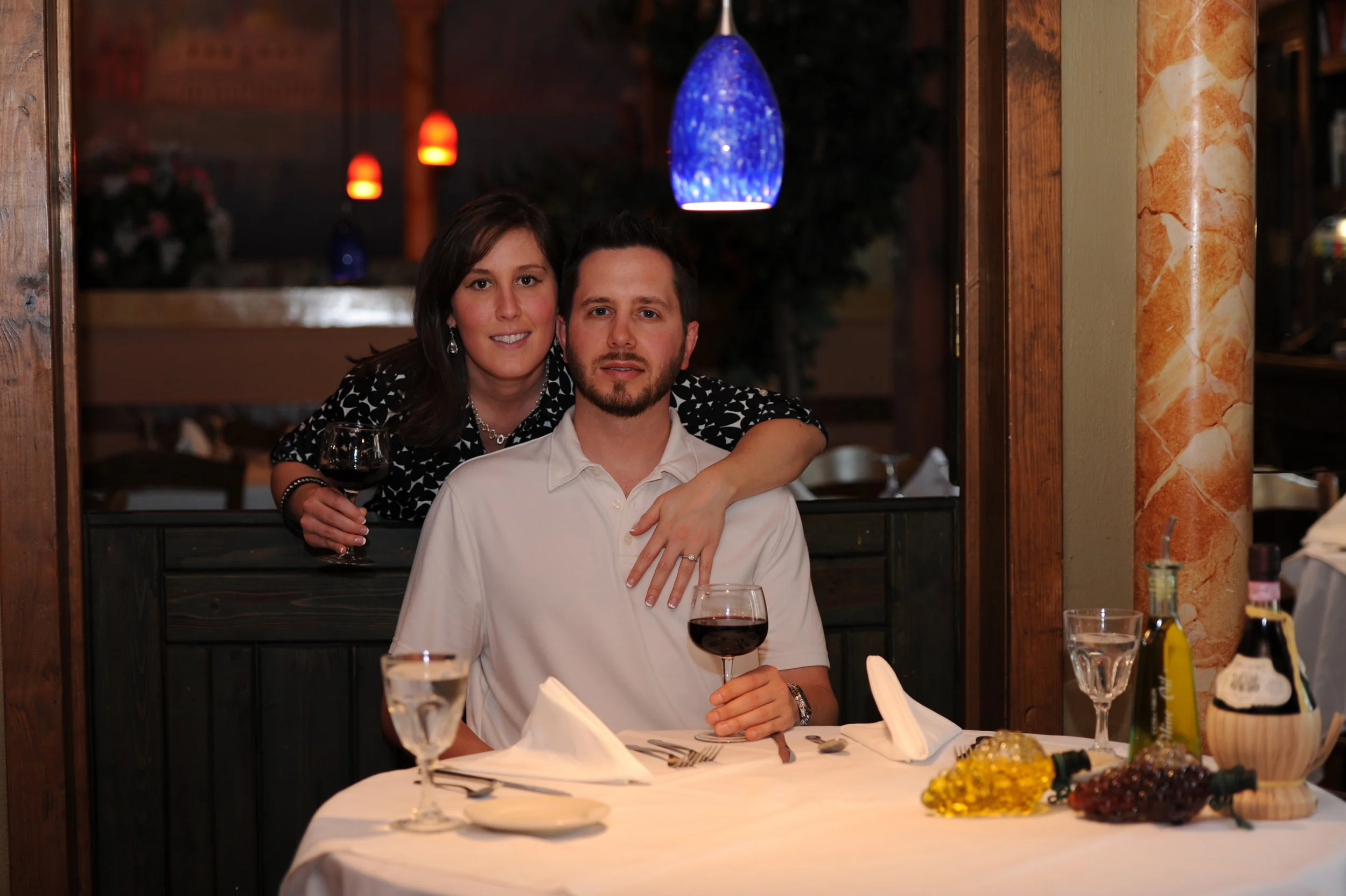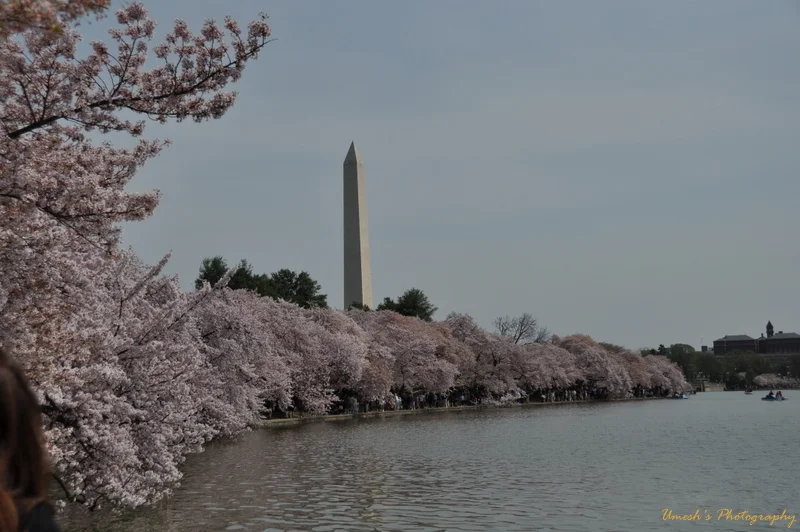Flash photography is a very exciting topic and confusing too at the same time. It offers variety of techniques to produce excellent photographs, but also requires you to learn its technical terms, understand those techniques and apply them properly. Earlier, we discussed about different types of flash sync modes and when should we use them. Today, we are going to discuss about another flash technique/mode, Auto FP High Speed Sync mode. But before jumping right into the topic, let’s discuss about what is the flash sync speed and how does it work?
What is Flash Sync Speed?
Flash sync speed represents the fastest shutter speed any camera can use with a flash. Different camera offers different flash sync speed, and over the time, flash sync speed has been increased significantly due to advancement of technology in digital world. Nikon D90 has a sync speed of 1/200th sec, whereas D7000, D300s and D700 offer 1/250th sec to 1/300th sec. Similarly, Nikon D3X and D3S have a sync speed of 1/250th sec. When you are using a built-in flash unit or an external flash unit, you can’t use a shutter speed faster than the camera’s flash sync speed. It is as simple as that. If you need to use a flash light beyond the flash sync speed, you need to use a feature called Auto FP High-speed sync. This situation may arise when you are shooting in a bright daylight and need to use a flash as a catch light or fill light for the shadows. When you use flash in such condition, you would need to use a shutter speed faster than the flash sync speed to compensate the exposure from the flash light.
After this brief intro to flash sync speed, let’s get into today’s topic, Auto FP High Speed Sync. FP stands for focal plane and it represents the type of shutter used in DSLRs camera. A focal plane shutter is two precisely timed curtains that move vertically between the lens and the camera sensor allowing or disallowing the lights hitting the sensor. The reason to use two precisely timed shutter curtains is to increase the performance of the shutter speed. The shutter speed is determined by the timing between the start of the first curtain opening and the start of the second curtain closing. This is important to understand that the entire sensor will be exposed to the light (the condition where the first curtain completely opens before the second curtain begins to close) for the duration of the shutter speed that matches the flash sync speed, also called maximum normal flash sync speed.
When you are using a faster shutter speed than the normal flash sync speed, the second curtain (also called rear curtain) starts closing before the first curtain (also called front curtain) is completely opened; thus never exposing the entire sensor to the light at any one time. If you keep increasing the shutter speed higher and higher, this will result in a very narrow 'slit' of light that travels across the sensor. And in this case, if there is not enough ambient light, you will get a dark area at the bottom of the picture. This is because when the camera takes a picture, image is recorded upside down on the focal plane, and as the second curtain already started closing before the first curtain completely opens, sensor will not get enough light to brighten the top part of the image which is actually a bottom area of the subject. To overcome this issue, Nikon developed a technique called Auto FP High Speed Sync Mode (not available in all models of DSLR). Auto means camera will automatically use high speed sync whenever it’s needed, or otherwise it will use normal standard sync speed. In a normal flash sync mode, the flash is fired at once with its full power. But in case of FP High speed sync mode, flash is divided into burst of flashes and fires continuously throughout the travel time of small window which travels across the camera sensor. And because of that reason, when you are using very fast shutter speed like 1/8000th sec for example, you will have to consider the power of the flash unit as the flash power is stretched more for narrower slits and it may not be able to brighten the picture or subject area.










